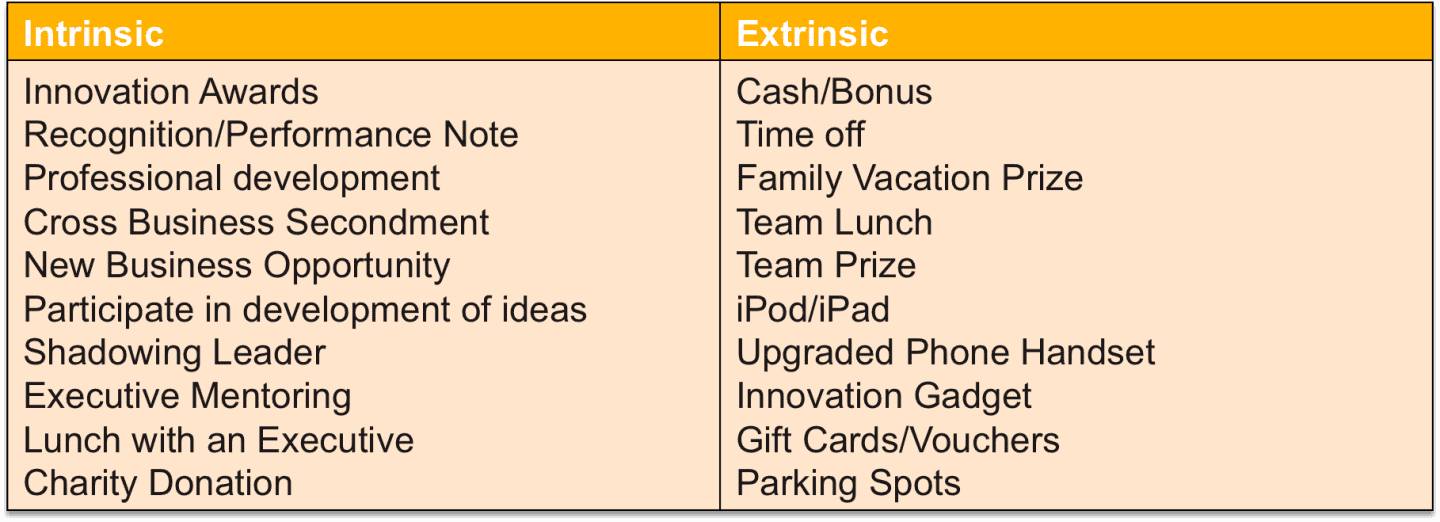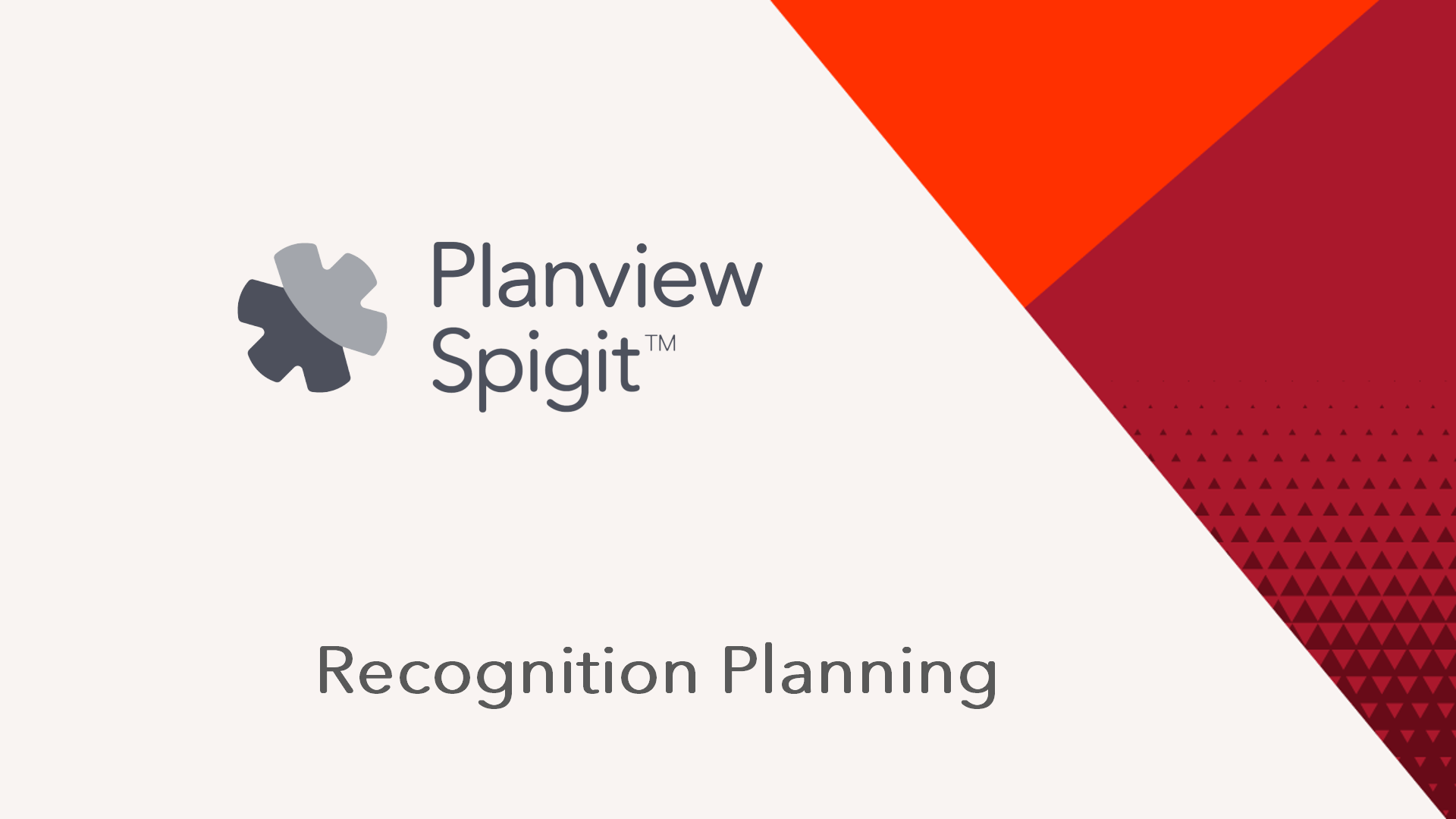Rewards and Recognition
Overview
Innovation programs succeed and fail based upon the engagement they get from their crowd.
While engaging a crowd can be an easy task when a program launches, sustaining that engagement can become tricky. One way to boost engagement at any stage is to install a rewards and recognition scheme into your innovation program.
Often, this decision is made by the program manager. They will normally seek to leverage program and challenge sponsors to engage in the activity of rewarding. Under normal circumstances, this is a popular move for both the crowd and the sponsor. In simple terms, sponsors enjoy the act of rewarding, as it reinforces a positive experience.
We must remember that at the heart of the program, we have a community of users who are engaging in a creative act. This instills a sense of purpose and value that they may not have been familiar with inside the confines of their everyday employment. It immediately helps innovation to stand apart from business as usual and that is why we should look to reward these creative acts.
Recognition Planning; Duration 5 min
How It Works - Why Are Rewards and Recognition Important?
We always should look at this in the most simple of ways, as it helps to understand the value proposition from the crowd perspective.
First, they clearly demonstrate leadership commitment. In other words, an idea is entered and the owner may be rewarded by a leader in the form of a reward if that idea is good enough. That is a clear link between submitting and receiving a benefit.
Second, the right kind of rewards can drive up participation. We see a clear link between popular rewards and participation in the innovation program. Weaker rewards have the opposite effect.
Third, having a balance of rewards is a factor in sustaining engagement over longer periods in a community. We should keep this in mind at all times.
Fourth, as I mentioned earlier, the value rewards create translates directly to the community. The users can see that if they participate, they may be rewarded. That is a clear value exchange.
Finally, they can assist in promoting a results focus within programs and challenges. We must always seek to make the rewards achievable and clear of negative perception.
Reward Types
Rewards fall into two categories. Programs that harness a blend of both often succeed in motivating and sustaining their engagements.
Intrinsic rewards are defined as a reward that brings personal or physical benefit to the recipient. This is often termed a soft reward, as it involves rewards that are not immediately measurable.
Extrinsic rewards are defined as rewards that do bring financial or material benefits to the recipient and are therefore hard rewards. These types of rewards are easier to measure in terms of benefit.
Let us now take a look at some example reward types that may be useful to us in building a rewards and recognition scheme.

Intrinsic and Extrinsic Rewards Table
This table is useful to add context to the two types as well as provide us with some examples.
Let’s take a look at intrinsic rewards first.
Currently, these types of rewards are very popular. We can see that innovation awards dinners, recognition of performance, and professional development all feature here. These are long-lasting rewards that can help to create a positive culture within an organization.
We can also see that allowing the idea owner to participate in the development of the idea is listed here. This is a great way of ensuring that the engagement is transparent and that the crowd sees an openness to the overall process by having the organization embrace the originator in the development of the final project.
On the other side of the table, we see the extrinsic rewards.
These rewards are more typically physical items but there are some really interesting options here. We should pay attention to rewards such as the family vacation prize and the team prizes as they remove the singular reward element and transfer it to more of an experience for a broader group. Team rewards in particular boost engagement as they generate interest from those who witness the award. This can make the word of a program go viral inside an organization.
Other rewards on the list such as upgraded phone handsets and parking spots are cheap and relatively easy to deliver upon.
However you decide to use this table, be sure to blend the rewards matrix.
Some Points to Consider Moving Forward
There are, of course, some points to consider in implementing a reward scheme.
First, do we actually need rewards to support the engagement? Sometimes, simply the act of being asked for their input is enough for the crowd to be incentivized. On the other hand, lots of programs see rewards as a way to insulate against failure and offer substantial rewards for those who have successful ideas. We recommend that you certainly look to offer rewards and recognition, but this will vary from organization to organization.
Second, a budget is always required. Do we have one? Is there a cap on the budget, and can we control the process? We should always consider this when designing the rewards scheme, as there is nothing worse than announcing the reward only for it to be halted by a lack of budget.
Third, do we need to be aware of any local legal requirements? This can include HR regulations, tax protocols, and any other legal type restrictions.
Fourth and most important, do the rewards as designed offer a reward for the behaviors we are seeking? In other words, do the rewards instill a belief that if we see a user exhibiting the correct behaviors of collaboration that he or she is rewarded appropriately? It’s a key consideration.
Finally, does the overall scheme support the values of our innovation program? This often simply links with the program goals. An example may be that you are looking for quality rather than quantity of ideas, and therefore the rewards should be designed to support that.
How to Implement a Rewards and Recognition Program
Best Practices
To sum up this session, we have a short list of best practice elements that you should take away.
- First, ensure that you engage your program or challenge sponsor in the reward process. They always add impact.
- Second, communicate the rewards clearly and in a timely fashion. Failure to do so can confuse the crowd and defeat the overall purpose of undertaking the reward scheme.
- Third, when designing the program, build for sustained success. Do not simply use the budget on the first challenge; plan the roadmap of rewards early.
- Fourth, balance the rewards between intrinsic and extrinsic. Too much of the latter will cause budget and behavior issues eventually.
- Fifth, always consult your Human Resources and Legal teams, just to be clear that there are no hidden obstacles in the way of issuing your rewards. That can kill an engagement outright, if you have promised but cannot deliver.
- Finally, remember why we started on this path. The rewards should support the program rather than BE the program.


